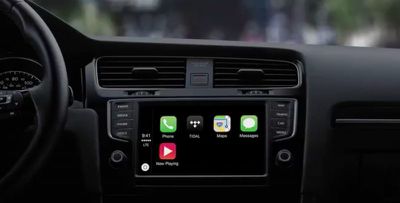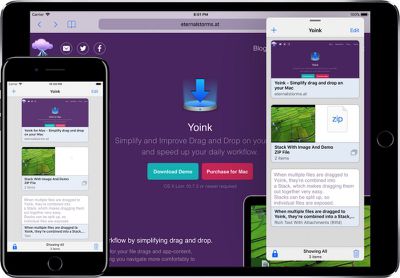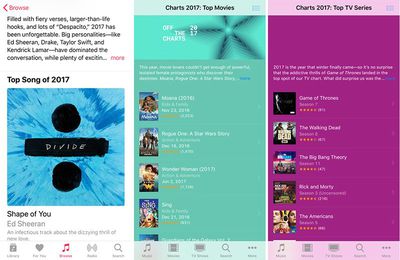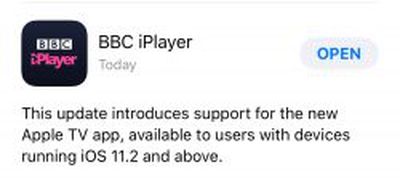 BBC's iPlayer app received an update this morning that is fueling speculation online that Apple's TV app will hit U.K. shores imminently.
BBC's iPlayer app received an update this morning that is fueling speculation online that Apple's TV app will hit U.K. shores imminently.
iPlayer's changelog for version 4.35.0 of the app simply lists "support for the new Apple TV app, available to users with devices running iOS 11.2 and above".
Apple's TV app – billed as an easy way to watch your favorite movies and TV shows in a single place – has been available in the United States since December of 2016, but remains absent from Apple TVs and iOS devices in the United Kingdom and across the rest of Europe.
In September, Apple released the Apple TV app in Canada and Australia, and announced that it would be bringing the app to France, Germany, Sweden, Norway, and the U.K. by the end of the year.
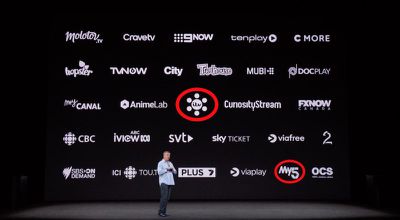
The BBC's mention is just the latest indication that the TV app should make an appearance very soon, in the U.K. at least.
Channel 5 was another British broadcaster Apple said it would be adding to its TV app, and last week the My5 app began appearing on Apple TVs. On Tuesday, ITV announced its ITV Hub was available on Apple TV, while Wednesday saw the global rollout of Amazon Prime Video on Apple TV, which also supports the native TV app.


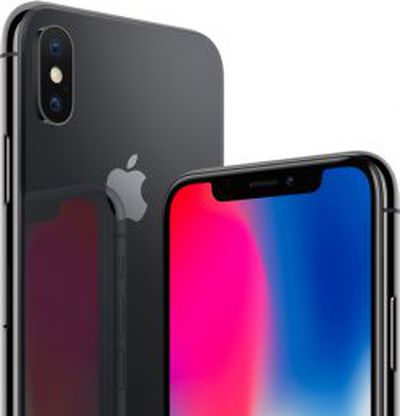 The surge in component orders for the iPhone X over the last couple of months appears to be coming to an end, based on information coming out of the upstream supply chain. Component shipments for the iPhone X weakened in November, according to sources on Friday, following strong demand in September and October.
The surge in component orders for the iPhone X over the last couple of months appears to be coming to an end, based on information coming out of the upstream supply chain. Component shipments for the iPhone X weakened in November, according to sources on Friday, following strong demand in September and October.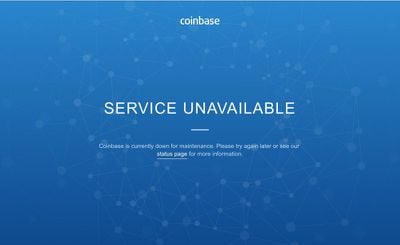
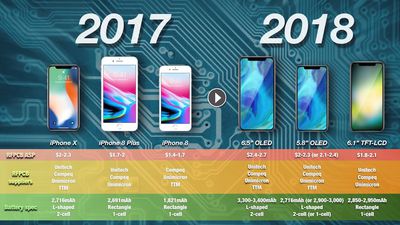
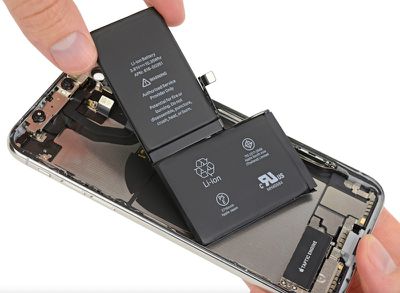

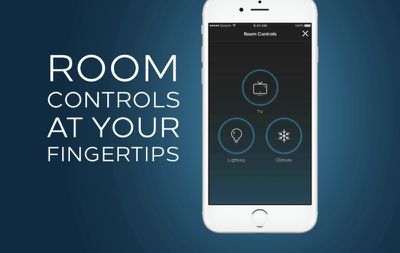
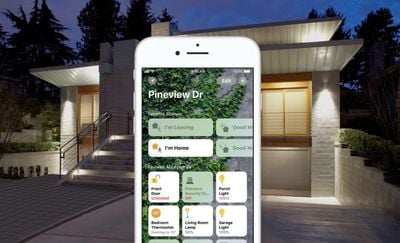
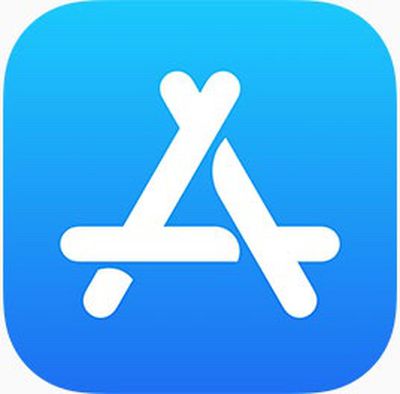 Starting in early 2018, Apple users in Brazil will pay for purchases from the App Store, iTunes Store, and iBooks Store using the Brazilian real instead of the dollar. The Brazilian real will also be used for Apple Music subscriptions and iCloud storage charges.
Starting in early 2018, Apple users in Brazil will pay for purchases from the App Store, iTunes Store, and iBooks Store using the Brazilian real instead of the dollar. The Brazilian real will also be used for Apple Music subscriptions and iCloud storage charges.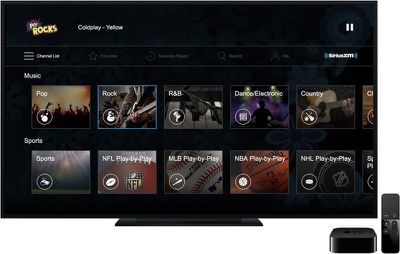
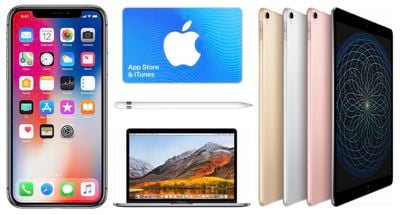 Note: MacRumors is an affiliate partner with these vendors. When you click a link and make a purchase, we may receive a small payment, which helps us keep the site running.
Note: MacRumors is an affiliate partner with these vendors. When you click a link and make a purchase, we may receive a small payment, which helps us keep the site running.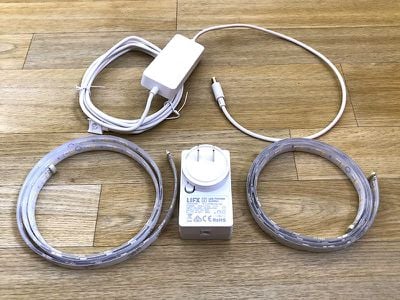
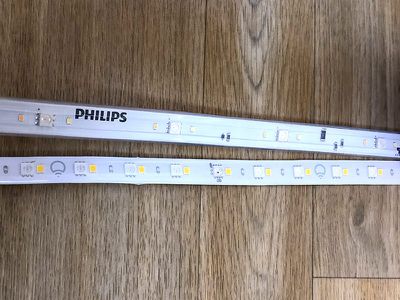
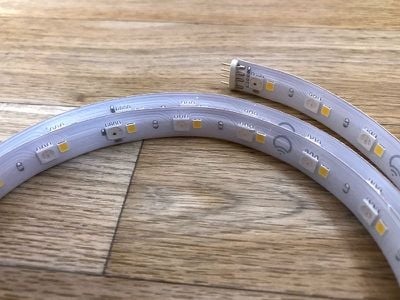
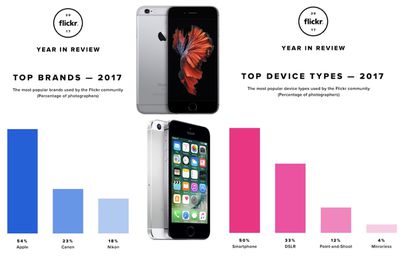
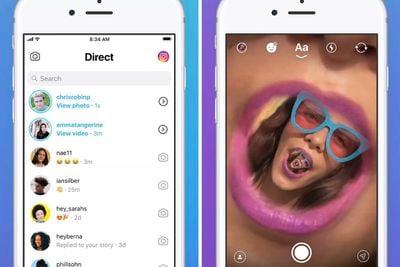
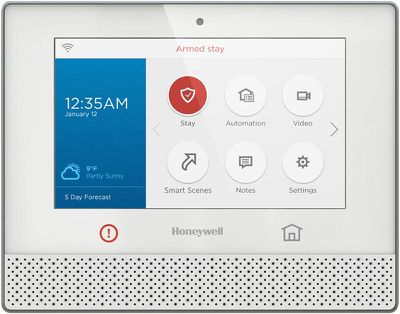
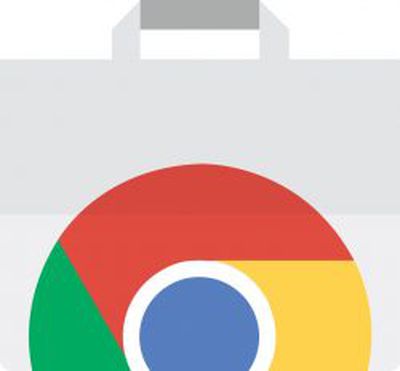 Google has shuttered the Chrome Apps section of its Chrome browser web store, following through on an announcement the company made
Google has shuttered the Chrome Apps section of its Chrome browser web store, following through on an announcement the company made 